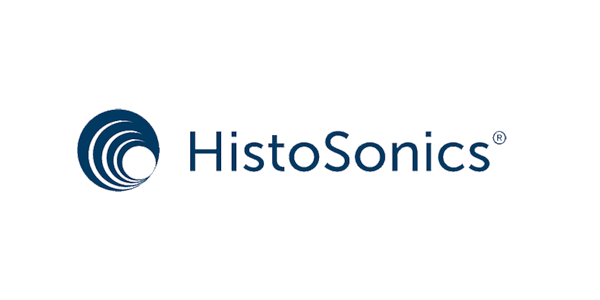
HistoSonics announced its non-invasive robotics platform and novel sonic beam cancer therapy successfully destroyed 11 tumors in eight patients during its first clinical trial.
The results were presented this week at the 2019 Society of Interventional Oncology (SIO) Annual Meeting in Boston. The meeting also included preclinical presentations of what HistoSonics termed promising histotripsy-induced immune responses in melanoma and liver cancer models, tumor-volume reduction effects in liver cancer, and feasibility and safety in treating thyroid tissue.
The Ann Arbor, Mich.-based company is developing its image-guided, robotically assisted sonic therapy (RAST) platform using non-invasive and non-thermal technologies to liquefy and destroy targeted tissues, including tumors, at sub-cellular levels.
Related Article: HistoSonics, Non-Invasive Robotics Pioneer, Closes $54 Million Series C Financing
The clinical trial’s eight patients each had one, two or three tumors targeted and treated in a single session. They all had multifocal liver malignancy and metastasis from other organs, including breast and colorectal cancers. The trial’s secondary endpoints included procedural safety, local tumor progression (LTP), involution/healing of treatments, immunologic assessment, quality of life, and pain assessments post-procedure.
As reported, 100% of RAST treatments (11 of 11) achieved technical success in destroying the planned targeted volume of tissue, and no patients reported pain or requested analgesics post-procedure at any time point. All treated areas demonstrated rapid involution/healing at each time interval during follow-up. Treatment volumes contracted by an average of 81% upon 2-month follow-up imaging, the company noted.
“The results of this study are encouraging, particularly that the ability to create a treatment zone and the rapid involution of the treatment zone noted in pre-clinical work was equivalent in patient treatments. In addition, the safety and tolerance of the procedure was excellent. I look forward to continued trials in the near future to confirm these promising early results.”
Dr. Tim Ziemlewicz, presenting author from the University of Wisconsin
One adverse event was reported (ablation syndrome in the patient with three treatments in a single session) and resolved two days post-procedure, and one instance of LTP was identified at two months. The observation of LTP in this study was consistent with other modalities and the rapid involution/healing of RAST treatments may help to identify these instances sooner, according to Ziemlewicz. The trial took place in Barcelona, Spain.
The preclinical trial results revealed:
- “Promising” data for the use of histotripsy to stimulate adaptive immune responses to tumor neoantigens in an immunocompetent mouse model. The treatments included sham therapy, radiation, thermal ablation, or histotripsy with or without concurrent anti-CTLA-4 checkpoint inhibition immunotherapy.
- Local tumor shrinkage of 93.3% in 14 of 15 rats with liver cancer, with treatment delivered by non-invasive orthotopic ablation using histotripsy.
- The potential for RAST with histotripsy to deliver precise treatments in targeted regions of the thyroid and thymus in pigs without damaging intervening tissues.